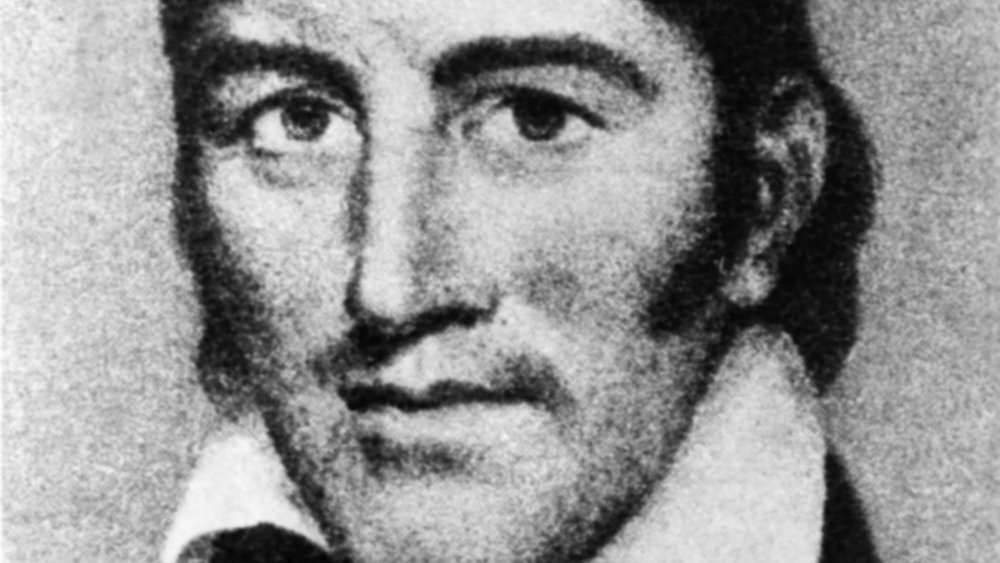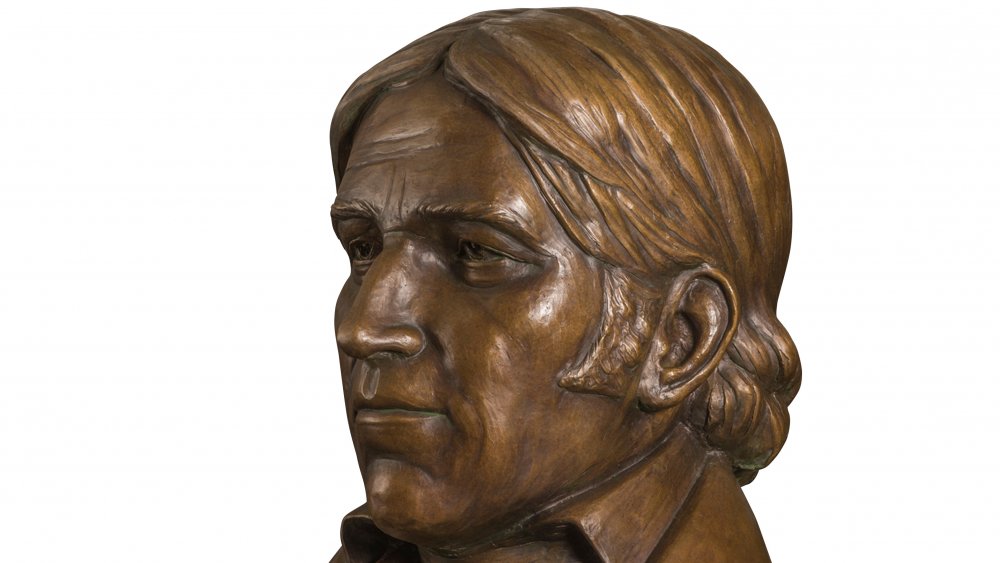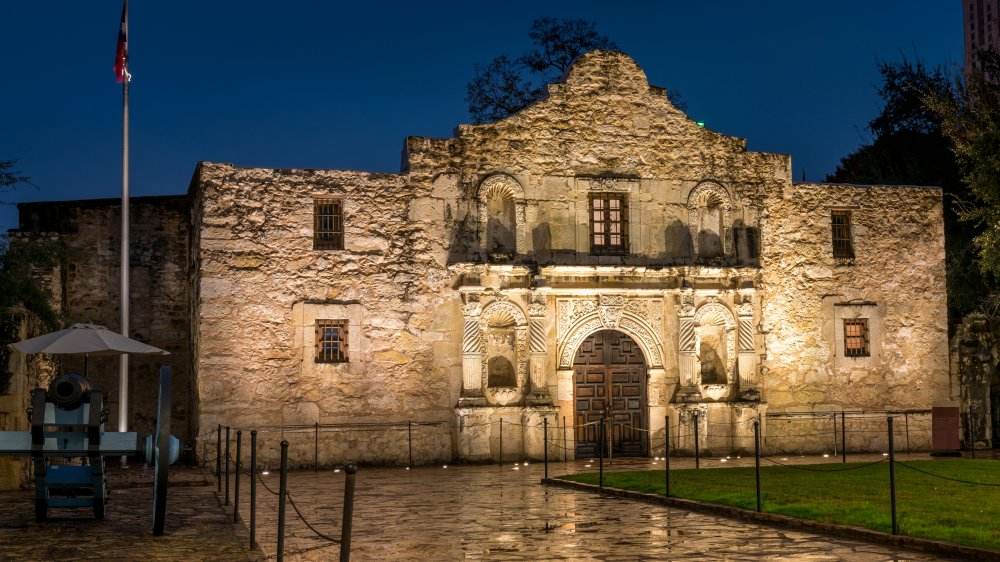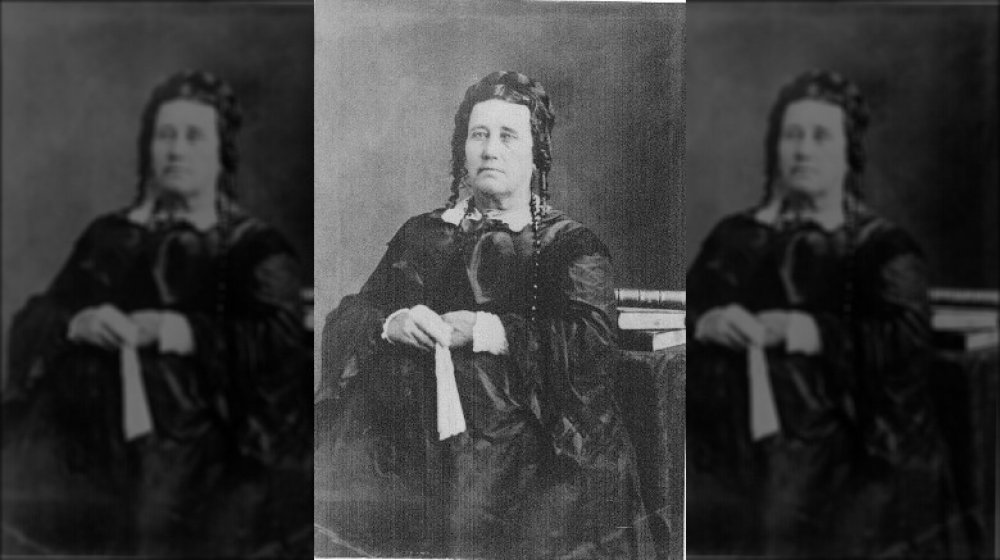The Truth About How Davy Crockett Died
First of all, the only thing we know for sure about Davy Crockett is that he is, indeed, dead. (He was born in 1786. This math is not difficult.)
He really did grow up on what was then the American frontier, learning to shoot and hunt at the age of eight, so despite the Disney song, he probably did not kill him a b'ar when he was only three. He ran away from home at age 13 and stayed away for two years. Upon his return he worked to help settle his father's debts. He served in the militia during the War of 1812, rising to the rank of fourth sergeant.
Crockett was not unlike many politicians then and now: He wasn't a particularly successful businessman, so he ran for office. He was elected to Tennessee's House of Representatives, ran for the United States Congress and lost in 1825, but the next year was elected. He was re-elected, then lost on his next try, but was successful the term after that. He left Congress for good in 1835.
Crockett man: Not the man they think he is at home
Part of Crockett's appeal was his seemingly natural ability to tell a story and a joke, often at the expense of his political opponents. People identified with his folksy charm. He was likeable, funny, smart, and verbally adroit. He gave and got good press; he was quotable in the extreme.
It's an aspect of his personality that's been picked up on by nearly every TV show or movie, whether Fess Parker for Disney, John Wayne's The Alamo (generally considered not great), or Billy Bob Thornton's portrayal in another movie titled The Alamo (our personal favorite).
He was also plagued by money woes most of his life. In his youth he was moderately successful as a hunter, but less so as a farmer and mill owner. His congressional salary wasn't enough, either, apparently, and he realized he could not only advance his own image and career, but perhaps pick up a hefty chunk of change, if he published his autobiography. He added to that with publications of Davy Crockett's Almanack¸ more folksiness that carried little more than his name.
The Alamo is now part of the city of San Antonio
After losing his last congressional race, Crockett, nearing 50 years of age, decided to start over and head for the opening lands of Texas, then owned by Mexico, though a number of Texans disputed that. He took a group of Tennessee volunteers with him to join the revolution and ended up as part of the garrison of the Alamo, a former mission station that had been cobbled badly into a military installation outside San Antonio. Depending on who you believe, the garrison numbered anywhere from 185-250, trying to hold a multi-acre compound against several thousand Mexican troops.
And there's the rub, kids. On March 6, 1836, the Mexicans overran the Alamo's defenders. The entire garrison was killed during the battle – or were they?
Susanna Dickinson, wife of the post's artillery commander, was one of several women who survived the battle. She was probably illiterate or nearly so, and later interviews with her varied widely regarding some of her recollections. But she consistently reported Crockett among those who died in the battle.
Unlike Davy Crockett, Susanna Dickinson survived the Alamo
However, documents have emerged in the nearly two centuries since that purported to tell of Davy and perhaps a half-dozen other defenders surrendering. The basic story tends to be that the prisoners were brought before Santa Anna, the commander of the Mexican forces. At the beginning of the siege, Santa Anna promised the Alamo garrison that if they didn't surrender, no prisoners would be taken. Whether Santa Anna ordered it, or whether eager young officers wanted to show their devotion with action in front of the boss, the defenseless prisoners were cut down (quite literally).
There's nobody to check on some 19th-century version of CSI: San Antonio. The dead defenders were burned in a funeral pyre by Mexican troops. Some say the ash pile was later buried, but nobody's found that, either.
The story continues to fascinate, and "what-ifs" abound. Even Phil Collins (yes, that Phil Collins) has been swept up in the history. He amassed a huge personal collection of Alamo-related objects, detailed in his book The Alamo and Beyond: A Collector's Journey. He donated his collection to the Texas General Land Office, the caretakers for the Alamo today, in 2014.
And to this day, it's a fair bet you can start a decent fist fight nearly anywhere by suggesting that Davy Crockett, King of the Wild Frontier, surrendered.



